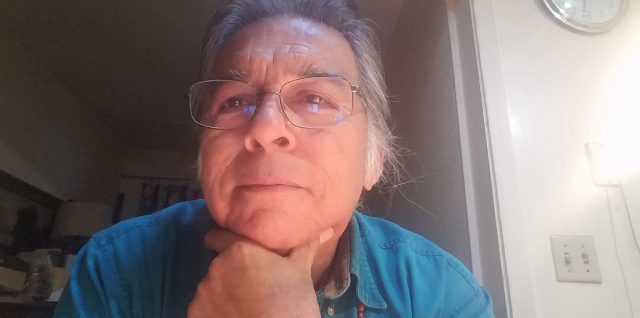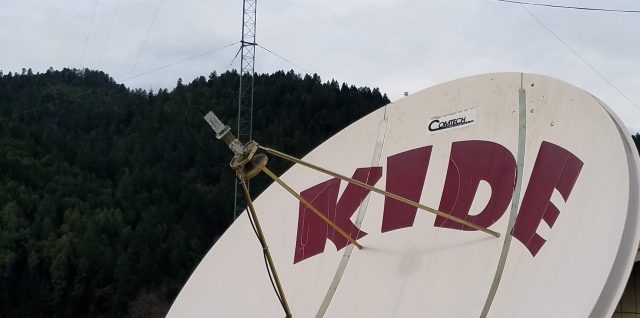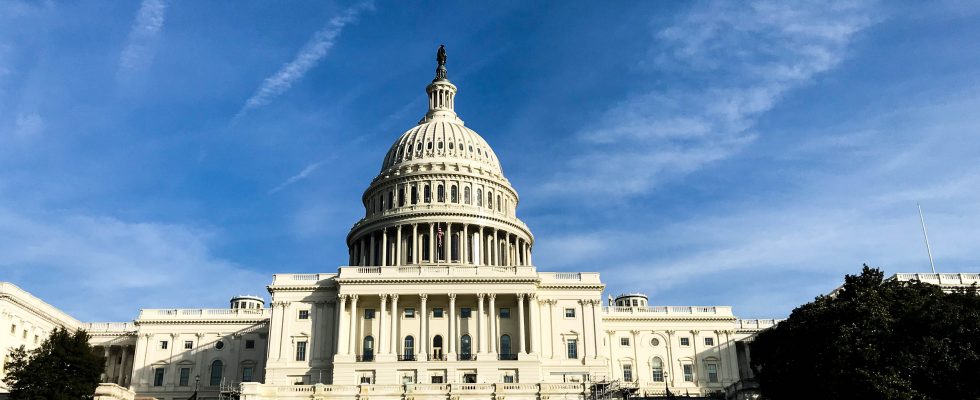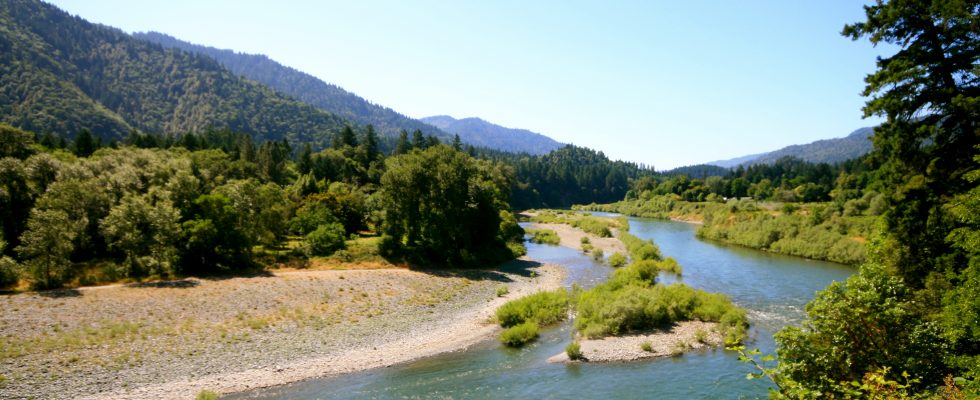
KIDE’s Joseph Orozco Says Change Requires Diversity and Inclusivity Among the Rule-Makers
KIDE, the Hoopa Valley Nation’s tribal station, went on the air in 1980 and is one of the country’s earliest native-owned stations.
Its tower sits at the bottom of a valley, 1,555 feet below the average height of the local terrain. That position limits the station’s power to 195 watts; any higher and the signal bounces off the surrounding mountains. The tower can’t be moved to the top of a hill because the signal would then interfere with Jefferson Public Radio in southern Oregon, a station established long after KIDE was already broadcasting.
The station’s tower dilemma, Joseph Orozco explains, is a consequence of the historically exclusionary practices of the FCC.
In 1978, when KIDE first sought licensing, the Hoopa Nation wanted a 10-watt station “to talk and share good things amongst themselves because,” Orozco recalls, “we got a lot of bad press from border communities and from the non-Indian owned media.” The FCC, however, notified the applicants that 10-watt stations would no longer be licensed but that full-power, non-commercial educational licenses could be acquired. The group applied and got their station, though they consequently lacked the funds to put the tower on top of a hill.

Then, in January of 2000, low-power licenses—the 10-watt license that KIDE had originally sought–were made available. Orozco now reacts, “A lot of work done in the radio band…got started without us being at the table. We are a sovereign nation. You’ve got a land base but you also have air space. How come we didn’t get sovereign rights to the air space? The FCC did not…say we’re going to establish this network of radio stations and frequencies all across the nation, and we’d like to have your opinion. Do you want some airspace reserved for you? So how is that equal? It’s not. How is that inclusive? It’s not. How much diversity does it show that the FCC provided at the time that they made those regulations? It doesn’t.”
The inequity of regulatory-body policies continues today, Orozco says, citing
particularly the disbursement of funds provided by the Corporation for Public
Broadcasting.
“I’ve always said it’s backwards; it’s upside down,” Orozco explains. “You should be paying more money to people in low-base economic communities and less money to high-base just because they have the access to other businesses that would support them.”
As a solution, he suggests, “CPB is what 50 years old. Why didn’t they go through the whole process of jubilation, turn everything backwards, upside down, give the most money to those with the least and the least money to those with the most.”
And, he warns, “Until we get together as a group of people and start expressing what our values are and…how they can work equitably, we’re going to talk about the same topic again next year.”
Orozco is busy now, applying these principles at home. “I’m looking,” he says, “at trying to get our community to take a look at our Constitution as a Tribal Constitution.”
The current constitution, he notes, was established by the Federal Government.
Joseph Orozco is the lead producer/mentor of KIDE-FM. From 1988 until recently, he served as Station Manager at KIDE.
His comments were made as a participant in the “Keynote Panel: Power to the People/The Impact of Diversity and Inclusion in Community Radio” presented at 2020’s Virtual Grassroots Radio Conference.


